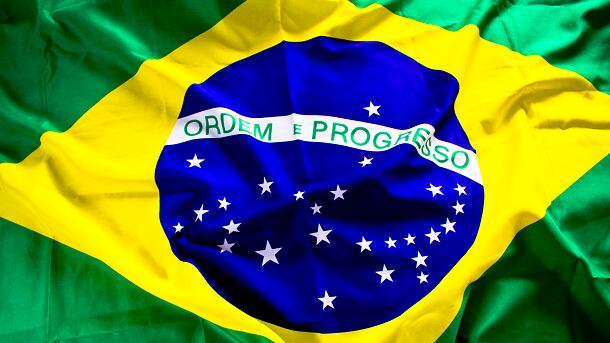Brazil is currently the fourth largest beauty market in the world, and often leads the way when it comes to innovation, supply and trends in beauty throughout the region and helping to contribute to a healthier outlook for the region’s economy by the end of 2017.
But Chile, Colombia and Mexico have also forged significant growth in recent years, increasingly developing home-grown beauty players that are innovative and trend-setting.
This article takes a look at the latest data and market reports from Euromonitor International, to find out what is happening in these four markets and what to expect in the future.
Brazil
Brazil is now in full recovery following the economic downturn of 2015 – 2017. With the country’s economy now registering positive GDP growth, a panel of financial experts surveyed at FocusEconomics predict that GDP will climb to 2.6% this year and 2.9% in 2019.
The improved economic outlook is likely to have a positive effect on the Brazilian beauty industry, and because of its shear size, it should also have a similar knock on effect for the rest of the region.
According to Euromonitor’s latest report on the Brazil beauty market, Unilever Brasil still holds the number one positi

on in the country, thanks partly to an aggressively paced innovation pipeline.
With respect to the different categories, it is still color cosmetics, fragrances and hair care that are the most active and value-adding, but men’s grooming is growth fast, albeit from a relatively small base.
In 2016 the beauty and personal care market in the country was estimated to be worth $29.2bn, but Euromonitor analysts believe that figure will grow to $36.4bn by 2021, representing a CAGR of 4.5%.
Mexico
Although the Mexican economy has been struggling with the problem of inflation, the country’s GDP showed an uptick towards the end of 2017. According to FocusEconomics growth of 1.8% was seen in the last quarter of the year, a figure that is expected to grow steadily over the next couple of years, to reach 2.3% in 2019.
This economic impetus is also expected to reflect well for the beauty industry in the country, with Euromonitor analysts forecasting that a market valued at $8.4bn in 2016 should reach $9.7bn in 2021, representing a CARG of 3%.
The beauty market had posted high single-digit growth in the country in 2016, driven by dynamic innovation and a continued growth in direct sales, but moving through to 2021 it seems that certain economic challenges will impact the rate of growth in the next few years.
Innovation and new product launches will continue to be key to market success in Mexico, while fragrance will remain the most dynamic category and Colgate-Palmolive is expected to hold on to its dominant position in the market overall.
Colombia
Like Brazil, Colombia has also been going through some tough economic times, although the latest data shows that retail sales have bounced back on lower inflation and the outlook has improved. The FocusEconomic panelists report that GDP should grow by 2.6% in 2018 and by 3.0% in 2019.
Euromonitor analysts indicate that beauty and personal care sales will increase from $3.1bn in 2016 to $3.3bn in 2021, representing a modest CAGR of 1.25%.
Despite the economic data looking rosier, Euromonitor reports that the beauty sector has been hard hit by inflation and tax reform, while competition in what is now a regional hub for beauty players, has increased significantly, pushing many domestic players to expand internationally.
With respect to trends, the beauty retail landscape has been defined by an influx of conceptual innovations, with non-traditional fragrances and natural ingredients such as essential oils, vitamins and minerals proving popular.
Chile
The Chile economy has remained stronger than many other leading economies in the region and the outlook also looks healthy, with FocusEconomics panelists predicting that GDP will grow by 3.0% in 2018 and 3.1% in 2019.
Euromonitor International analysts are on the same page for beauty and personal care sales in the country, forecasting that 2016 sales of $2.85bn will reach $3.3bn in 2021, representing a CAGR of 3% over the five year period.
While Chile is not one of the largest beauty markets in the region, it does reflect one of the most developed, however, Euromonitor believes that growth in the beauty market is likely to level off, partly because of maturation.
Reflecting both the advanced state of the economy and the beauty industry, it is not surprising that premium products have continued to gain ground, with multi-benefit products proving to be particularly successful.
Beauty brands are also owned and distributed by the larger multinational companies, a trend that Euromonitor expects to continue to advance as more and more international brands hit the market.
Finally, although the market remains comparatively slow in Chile, the report also indicates that there is still room for continued innovation, particularly through the introduction of new product lines.
